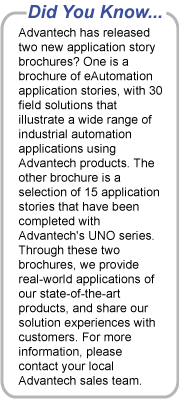
|
|||
| >
ADAMLink
Home |
|||
|
On high-bandwidth
buses, a great deal of information flows through the channel every
second. Normally, a processor is required to control the transfer
rate of this information. In essence, the processor acts as a middleman
that we should cut out to perform the transfer directly for more
efficiency. This is done by having capable devices that take control
of the bus and do the work themselves; referred to as bus masters.
In theory, the processor can handle multiple tasks simultaneously;
though in reality there are several complicating factors. In order
to do bus mastering properly, a facility to arbitrate requests to
"take over the bus" must exist, which is provided by the
chipset. Bus mastering is also called a "1st party" DMA,
since the work is controlled by the device doing the transfer.
.
Many of Advantech's
data acquisition cards support the Bus mastering function. Usually
used on high speed analog input channels, such as: |
|
||
|
Contact
your Geo-Regional
Dedicated I/O Product Specialist ... click here |
|||
|
Advantech
Industrial Automation ADVANTECH
Automation 1320 Kemper Meadow Dr., Ste 500, Cincinnati, OH 45240.
877-294-8989 |
|||
